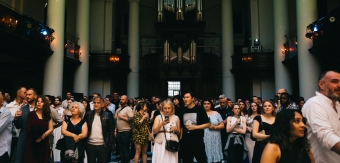Design is a fundamental pillar of the creative journey. Whether you’re a retail brand looking to stand out from the herd, a startup trying to cultivate some kind of identity or an agency looking for something special to pull your latest campaign together, a design agency is always going to be the ignition that starts the creative engine.
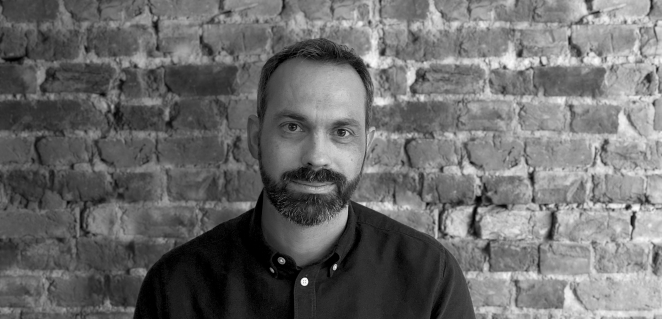
Ed Silk
That’s why finding the right design agency for your needs is so vital. We’re talking about an agency you plan on building a lasting and potentially lucrative relationship with. Because once you’ve clicked with an agency, you’ll find yourself not only creating better work but more consistent work too. That’s what building a brand is all about.
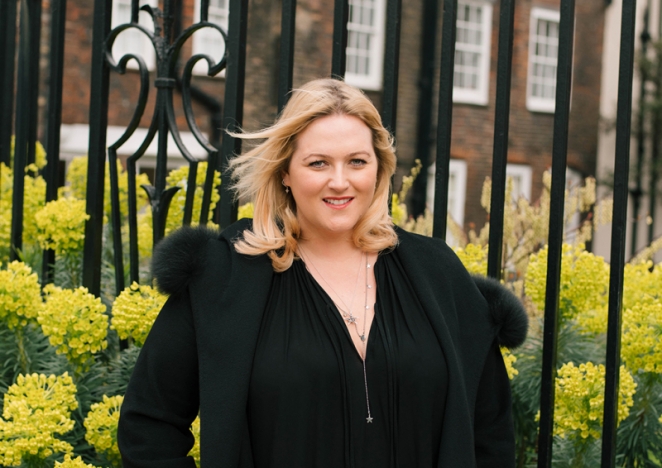
Alice Goss
To gain some agency-side insight into what you should be looking for in a design agency partner, I spoke to representatives from three of Creativepool’s most revered agencies - Simon Manchipp, Founder and Creative Director of SomeOne, Ed Silk, Global Head of Strategy at JDO and Alice Goss, Business Development Director at Design Bridge London.
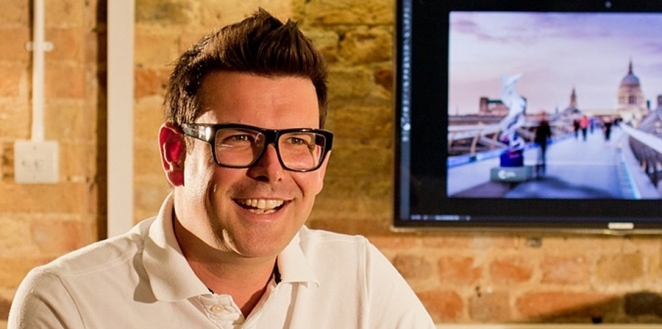
Simon Manchipp
According to both of our agency insiders, it all starts with asking the right questions.
Who do you want and what are you getting?
Don’t be afraid to be quite blunt about asking agencies what it is they are actually going to do for you and who amongst them is going to do it. Is the team you meet on the day, the one that’s going to do the work?
“I’ve lost count of the number of times clients have asked us this,” Simon concedes. “We build processes and teams around clients needs and when three senior people turn up to the pitch, there’s often the feeling that it’s all just for show.”
Indeed, he adds that SomeOne has, on some rare occasions, got to the point where they have had to sign contracts guaranteeing their involvement in the project! Simon adds, however, that “It’s right to be suspicious. The classic trick of sending the dazzling creatives to the pitch then using the intern is alive and well in the traditional agencies.”
For Alice, meanwhile, it’s not about whether you‘re getting the “old guys or the young guys,” but about forging a collaborative client-agency partnership. She explains: “Like any relationship, we should grow together, and the best client-agency partnerships are built on a foundation of trust.”
"The best client-agency partnerships are built on a foundation of trust”
At Design Bridge, she claims they put the same amount of energy into nurturing new relationships as they do with more established ones. She adds: “For us, it’s about constantly inspiring our clients, approaching things in new ways and pushing creative boundaries whilst remaining commercially aware of their business objectives and putting the consumer at the heart of it all.”
Ed is enthusiastic about agency partnerships and believes it often helps bring out the best on both sides. "First," he explains, "you are engaging someone who can give you an objective outsider's viewpoint that isn't muddied by internal politics and individual subjectivity. Secondly, you are collaborating with people who have been exposed to a multitude of different creative challenges which they can learn from and leverage for your projects. Lastly, it is more disciplined and efficient in terms of process, with clearer deliverables that are agreed by both parties from the onset."
While he admits that "certain projects or briefs benefit from an experienced pair of hands, who understands the business culture, the target audience and the category dynamics," Ed also sees the benefit in letting a fresh pair of eyes explore a project every once in a while. He believes they can "challenge and provoke, reimagine old ideas and bring new experience to problems." However, in either scenario, you still need to invest in the relationship to get the full benefit of each out of it.
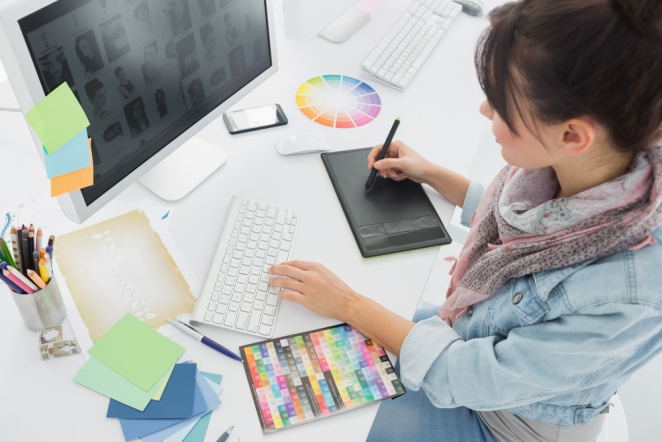
Do you have a shared agenda with your potential agency?
Does the agency you have in your sights have a similar outlook to you? This is perhaps the most important question to ask according to Simon. He explains: “A shared agenda is one hell of a business advantage and the best way to figure out if theirs aligns with yours is to do some digging.”
At the same time, however, asking flat-out for ‘example’ creative work is often a terrible idea for pitches. Simon elaborates: “If you like the people, like the process they suggest, don’t mind the fee, and think their back catalogue of work qualifies them as professionals, then give them a chance to prove themselves — by actually working with you.”
Alice adds: “We’re in the business of using creativity to solve challenges. A lot of clients talk about being brave with design. But over the course of the project, they’ll water down bold ideas through endless subjectivity. It’s important to agree on ambitions upfront and then use this to keep both sides honest in delivering work that cuts through.”
"Recognise that it is a new relationship and spend time to better understand each other"
Ed believes clients should be asking agencies more direct questions to ascertain whether or not they're on the same page. He explains: "As a lot of questions, not only who from the agency team is going to work on your business but the time, cost, deliverables and dynamics. Be clear on which one is your priority." He also argues that most agencies can make something look good, but few can create something that is also commercially successful. To achieve that a certain level of symbiosis is required.
The first few months with a new agency are always going to be the most exciting, of course. It's the honeymoon period! But Ed feels that every relationship is different and needs to be treated as an individual entity. He says: "Sometimes you have to decipher business-speak or get your head around unfamiliar acronyms or terms. Other times it can be the way of working and the cultural aspect, either arising from the company itself or the broader regional differences. The main thing to do is to recognise that it is a new relationship and spend time to better understand each other, from personal priorities, motivations, and preferred ways of working."

What about the pitch?
Don’t expect too much from the pitch. A good thorough pitch should generally take around four weeks. That’s a month with perhaps 2–3 meetings. Simon explains: “In that time, an agency can’t really get under the skin of the brief sufficiently to blow the socks off the client — it’s only by actually working together on the project that you will discover if they are right for you.”
Simon also stresses that “Free pitches are fine.” Indeed, he adds: “Any decent creative shop should be turning out professional pitches daily and find demonstrating their process a doddle. Any kind of fee for this is a joke.” This might cause the hackles to rise on certain individuals, but he explains his logic thusly: “Danny Boyle said that when he set out to make Slumdog Millionaire he found getting funding really tough, even with his back catalogue. Every time you start from scratch, past performance counts for nothing. The same is true of any creative endeavour.”
However, the Trainspotting director went on to say that while the creative output changed each time, it was the processes and strategies that helped him pull off his past films that remained constant, it was these principles that got him the commitment of cash.
"Any decent creative shop should be turning out professional pitches daily and find demonstrating their process a doddle"
For Alice, even though Design Bridge is an established agency, she stresses that they do also approach the brands they want to work with. She says: “We are constantly identifying challenges, understanding trends and seeing changing patterns of behaviour, which we know impacts clients’ businesses. It’s about being proactive in demonstrating how we can solve these challenges and inspiring them with creative thinking.”
So, sometimes even if you think the agency might be too experienced for your brand, don’t be afraid to ask. They might relish the challenge! Ed is a little more pragmatic in his beliefs, explaining that all agencies, whether they like to admit it or not, are concerned with having a good breadth of clients.
He adds: "At JDO, we believe that greater creativity blossoms when responding to an array of different creative challenges. It keeps things interesting and allows you to draw experience and inspiration from a host of different categories rather than always fish in the same pond. Hence, the need for a balanced diet of clients to keep this interesting."

This is a roundabout way of saying, if an agency already has a client on their books a lot like yours then you might be better off looking elsewhere.
Conclusions
We know it’s a nightmare choosing an agency. Everyone says they’re different but when you’ve just seen almost the exact same diagram 3 times that morning from the other groups it can be difficult to see the wood for the trees.
You would think the process would have been made even more complex by COVID but our experts, by and large, feel that COVID has actually been beneficial in creating a tighter working bond with clients. Ed explains: "It's a shared experience we're all having so it offers you something that everyone can relate to. From the shared frustration of another video meeting to the benefit of not having to do the daily commute."
Alice adds: “I’ve spent more time (virtually) with clients in the last 12 months than I did the year before, and the challenges of working from home have ended up enabling me to build stronger relationships. When someone’s child, partner or dog interrupts a presentation or in-depth discussion it reminds us that we’re all human, and it’s been a real joy to connect with the most senior of clients on that level so early on.”
COVID has also allowed us to welcome each other (quite literally) into our homes and that has made building client-agency relationships feel that much more organic.
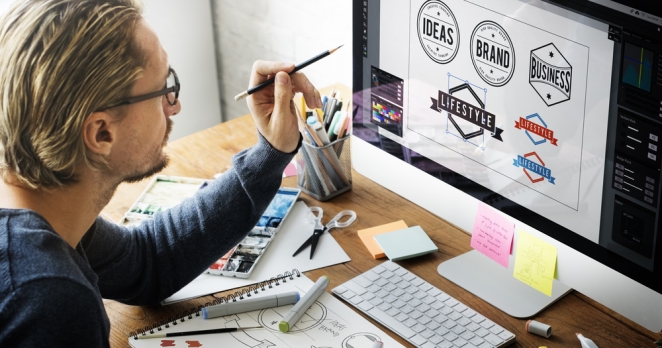
Ultimately, however, the ball is usually going to be in the client's court when it comes to picking and choosing. To underline that fact, we'll end with a neat little example by Simon, which explains why for clients, choosing a design agency is a lot like buying a bespoke suit.
- Make sure you talk to the tailor, not their accountant.
- If there’s not a designer in the meeting — worry.
- Check it really is cashmere you are paying for.
- They are talking a good game — but what have they actually done?
- It’s all about the suit, not the street the shop is on.
- A flashy office is no substitute for average work.
- Want a trendy cut? Need a classic three-piece? Check attitude fits.
- A shared agenda makes things more agile and gets a better result.
- Don’t be pressured into paying to see his past work.
- A credentials based pitch should be free — and easy.




